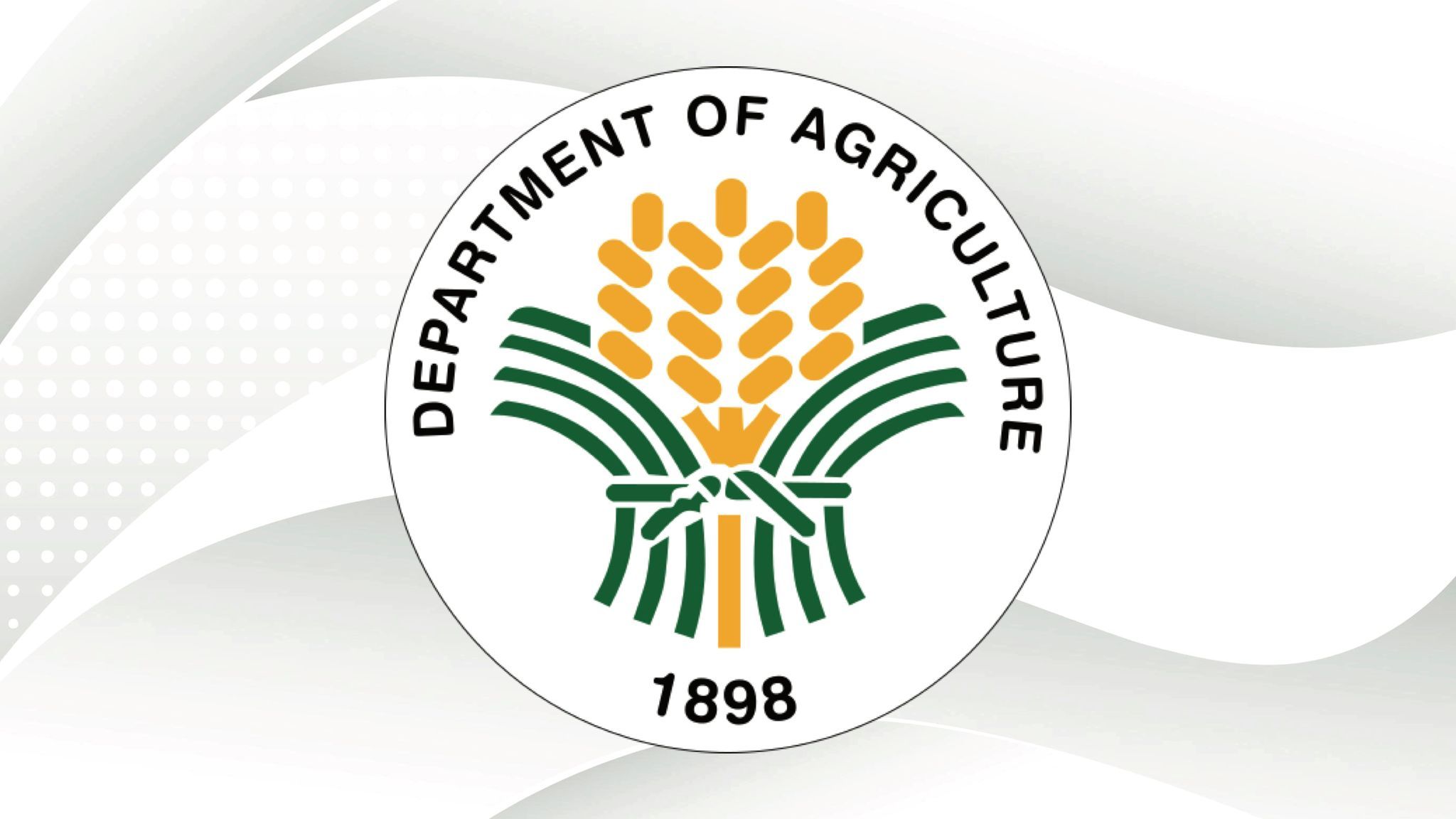A prescription by one of the largest farm groups in the country for government to first check the disconnect between farmgate and retail prices of agricultural products is, by far, the most practical, realistic and intelligent voice I heard these days since my experience yesterday buying onions from a non-trader but whose relative in Nueva Ecija asked them to sell at the street side of Tandang Sora showed a disparity of more than half compared to retail prices in the wet market.
As I walked through Tandang Sora Avenue yesterday I spotted a large bilao of onions (with many more stocks in sacks on the floor) being peddled on the street side for only P70 per kilogram versus P145 or more in wet markets and supermarkets.
I asked why the low price. The vendor said she gets supplies directly from their farm in Nueva Ecija where provincial street side prices are as low as P35 to P40 per kilo.
If that is not a huge disparity, I don't know what is.
Harvest is peaking for onions and many more vegetables and fruits– some have been ‘wasted’ by the successive storms but others that were harvested are being sold at dumping prices or are being buried on the ground for lack of buyers getting stocks from the farms.
Yet their prices in the wet markets of Metro Manila are more than double– imagine kangkong at P40 per tale (when it used to sell only for P10 to P15 depending on volume) and sayote which I often buy is now retailing in wet markets at P150 to P200 and even P250 in groceries.
Ginger is at P350 to P400 per kilo. Tomatoes at P250 per kilo and malunggay (despite numerous trees in homes) retails at P50 to P55 in groceries and P45 at wet markets.
Even fish prices fetch more than P250 per kilo (depending on species and freshness) while pork and beef are retailing at P350 to P500 per kilo, respectively, in groceries. Good thing, chicken is yet not surpassing the P250 per kilo mark.
Middle-class workers could only shake their heads in exasperation at how little their incomes can buy.
And yet, the government keeps saying that inflation is dipping– pray tell where can we buy cheap food items!
There can hardly be a mobile and fixed Kadiwa store to be found in major roads, so what is this hype they are making about consumers being able to access cheap food products in such outlets.
This situation happens year in and year out. And the government's quick response to damages of typhoons or droughts– which they say caused massive production setbacks– is IMPORTATION and the Department of Agriculture (DA) is now citing the urgency of importing agricultural products for the Yuletide season, when demand usually peaks.
Seeing the prescription of SINAG– a broad based farm group led by Jayson Cainglet– for the government to first check the disconnect in retail and farmgate prices, I strongly demand (not just urge) this before even considering importation.
The DA, the Department of Trade and Industry (DTI) and Philippine Statistics Authority (PSA) should conduct an honest-to-goodness and credible monitoring of market and farmgate prices.
Let us stop fooling ourselves about inflation and what not.
Importing vegetables
Cainglet issued the statement after the DA recently said it is mulling over the importation of vegetables and possibly expanding fish imports to stabilize prices following the “historic” damage brought by major typhoons on local plantations, Business Mirror reported.
The SINAG head said they would prefer that DA first consult (yes, the right move) the sectors and industries to know the extent and actual damage per commodity, the inventory and situation across the value chain, and possible collaboration of the agency and the agricultural industry.
“There is no problem [with importing] if there is a need. Unfortunately, the issue of high retail prices is always equated [with] the need to import,” he said.
“If the point of view is retail prices, baka pwede muna tingnan ang [it might be good to check the] disconnect [between] farmgate and retail prices,” he added.
Cainglet said the farmgate price of galunggong at the ports ranges between P120 and P180 per kilo, but the retail price stood at P320 per kilo.
Cainglet also noted that vegetable production was mostly small-scale and one of the few agricultural sectors that is yet to be penetrated by imports.
“Why open the floodgates for importation now? Let us instead help rebuild the livelihoods of our vegetable growers,” he added.
DA Secretary Francisco Tiu Laurel ordered the Bureau of Plant Industry (BPI) and the High-Value Crops Development Program (HVCDP) to check the volume and supply of highland and lowland vegetables in the country and to provide him with recommendations (which of course would principally be their preference– importation) within the week.
“The priority is to get the vegetables from other vegetable-producing areas and regions. If that will be enough to temper the prices, there is no need to import. But if there is, we will do that,” said DA Spokesman Arnel De Mesa.
The DA is eyeing additional importation of 8,000 MT of pelagic fishes galunggong, mackerel, moonfish and bonito. It had earlier allowed the importation of 30,000 MT of pelagic fish to augment supply during the closed fishing season (November to February).
#WeTakeAStand #OpinYon #OpinYonNews #DA #PSA #Food
